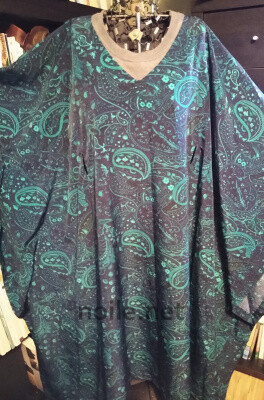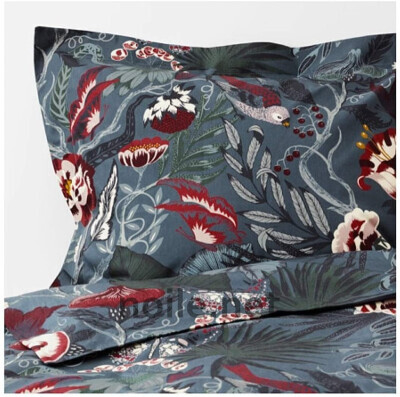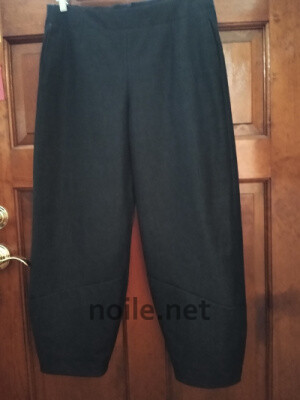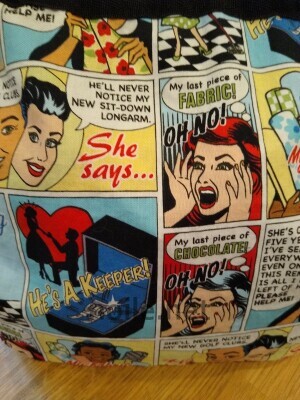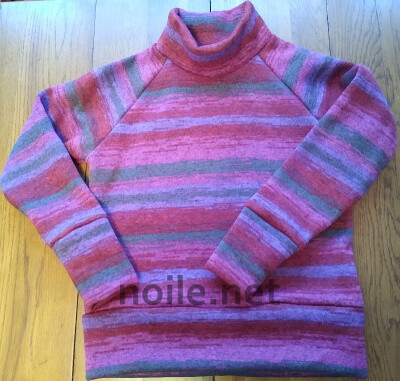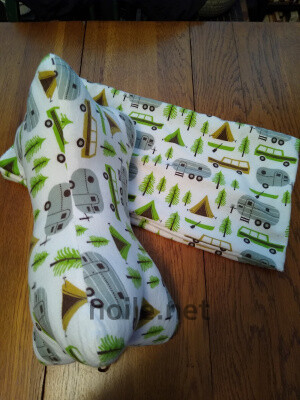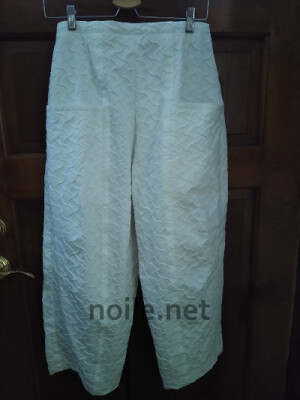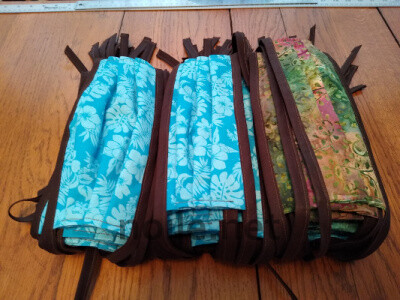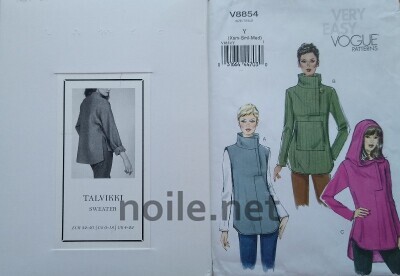Sometimes you just need a quick, satisfying project. And sometimes you need something practical that somehow you’ve never managed to acquire. Sometimes the stars align and pouf! Everything falls in place. So it was one day when I needed a denim apron. (And so it may be for you, if you need to make a fun quick-ish gift!)
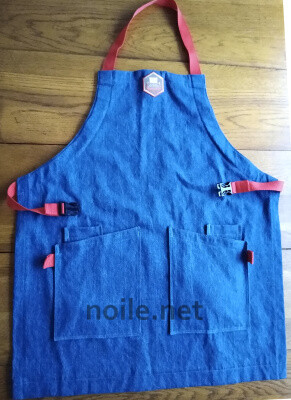
To be fair, is there anything easier to draft than an apron? The shape is classic, easy to replicate, and you get to make it exactly the right size for you — or an intended recipient.

